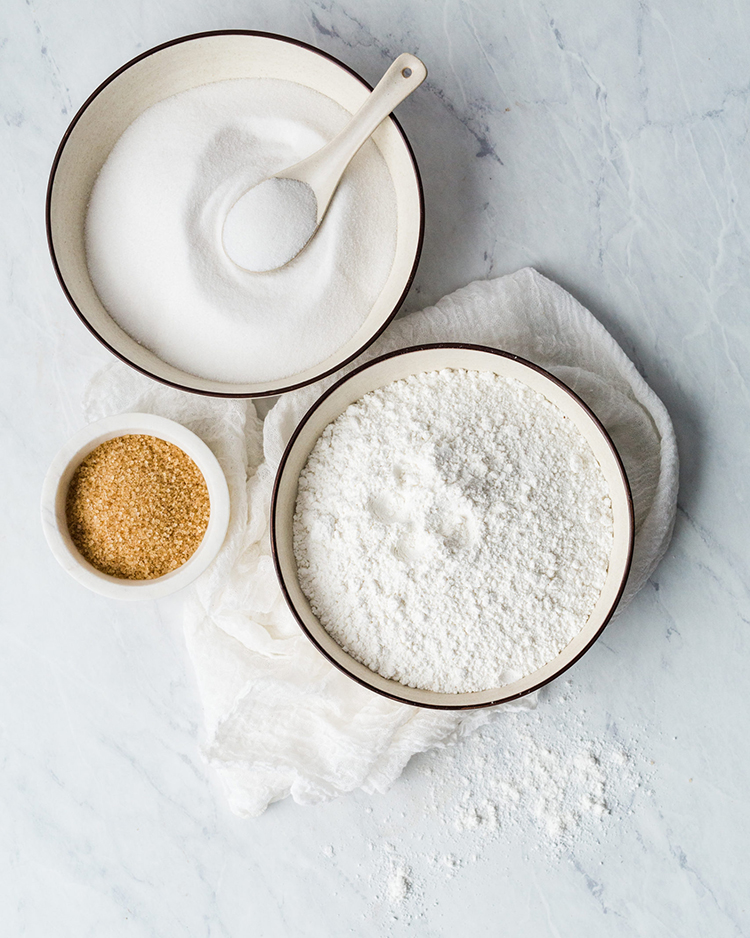
Want to customize recipes to fit your needs? Here is my ultimate Flour Substitution Guide to help you do it!
I get so many questions about substituting flours in recipes, so I wanted to share my tips on the many gluten-free and nut flour options available.
I’ve put together this ultimate flour substitution guide on how to make substitutions that don’t sacrifice flavor or texture.
First, let me say (or shout from the rooftops), in general, it’s best to follow recipes as they’re written, especially when it comes to baking.
Why? Because some flours are denser than others, while some have unique textures that won’t work in all recipes. To make life easy, follow recipes as written, otherwise, you could end up with a batch of chocolate chip cookies as hard as hockey pucks.
The standby for general use in most recipes is all-purpose flour (aka AP flour). If you’re looking for healthier alternatives to AP flour, be sure to use a proper substitution instead of guessing. There’s a lot of science in baking!
What is the best substitute for white flour? You can swap in gluten-free all-purpose flour without much fuss on a 1:1 ratio. It isn’t as easy with other gluten-free alternatives, so be sure to stick to something labeled a gluten-free flour blend.
Can I substitute white flour with almond flour? No. Substituting white flour with almond flour rarely works out as almond flour is much denser than white flour and contains a lot of natural oils.
Types of Flour That Contain Wheat
Common types of wheat flour (aka not gluten-free flour) you’ll see in many recipes for baked goods are:
- All-Purpose Flour: From your pizza crust to your brownies, all-purpose flour is found everywhere. All-purpose flour is often abbreviated AP flour. While it’s definitely not a health food, a small amount is perfectly fine for most people. Avoid all-purpose flour if you are diabetic have blood glucose issues, have Celiac disease, or have a known gluten sensitivity. All-purpose flour is made from refined wheat that has had the bran removed from the grain.
- Bread Flour: Your favorite sourdough bread recipe likely calls for bread flour, a more dense alternative to all-purpose flour. Bread flour is milled to be higher in protein than AP flour. This protein gives strength to bread dough to help it rise.
- Cake Flour: Cake flour is aptly named, typically used in cake recipes for its lighter texture. It’s AP flour that has been milled into an even finer texture. Pastry flour is another option you’ll see for pie crust that’s even lighter than cake flour.
- Self-Rising Flour: Suitable for quick breads and scones, self-rising flour includes baking powder and salt. Self-rising flour shouldn’t be considered a replacement for all-purpose flour.
- Spelt Flour: Spelt is technically not wheat, but it’s very closely related to wheat and contains gluten. Spelt flour is higher in fiber than regular AP flour or whole wheat and rich in minerals, making it a great hearty flour to try in baked goods. It has an earthy taste, and its high fiber content makes it absorb more slowly into your system to help prevent rapid blood sugar spikes. It can often be substituted one for one with whole wheat flour.
- Whole Wheat All-Purpose Flour: Whole-wheat flour (the shorter name for whole wheat all-purpose flour) is made from wheat that contains the bran from the wheat grains and is much denser and heavier than regular all-purpose flour. In general, don’t substitute more than 25 percent of the total amount of AP flour in a recipe with whole wheat flour unless you’re willing to sacrifice the texture of your baked goods. Pastries are the most difficult to substitute with whole-wheat flour. Cookies and pancakes are better places to sub in some whole wheat flour. It’s best to find recipes specifically written for whole wheat flour instead of trying to substitute in other recipes.
If you don’t have a gluten sensitivity or do not have celiac disease, occasionally consuming small amounts of wheat flour is generally fine. Wheat flour can spike your blood glucose levels, so use it as more of a treat and not a mainstay if your goal is to improve your health and/or maintain a healthy weight.
What is the difference between all-purpose flour and bread flour? Bread flour has a higher protein content than all-purpose flour. Bread flour can create a dryer, chewier texture and a sturdier structure in your final product.
How do I substitute bread flour for all-purpose flour? Bread flour can be swapped 1:1 for all-purpose flour if you don’t mind a denser texture. Just be careful about overworking your dough, as that can change bread flour’s texture.
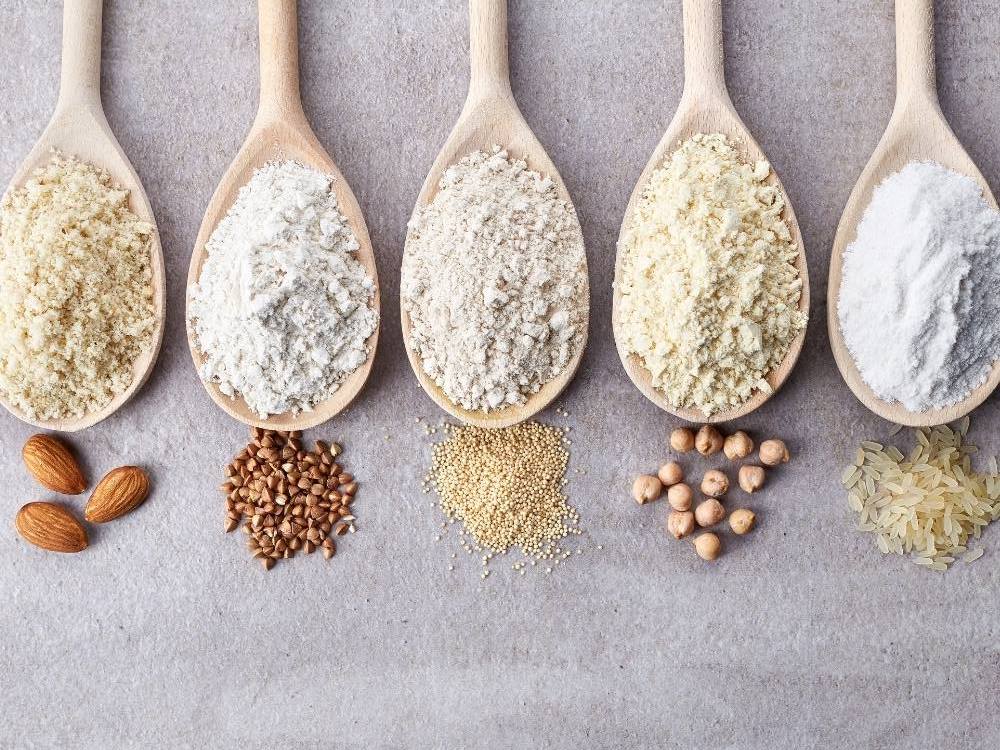
Benefits of Switching to Gluten-Free Flours
Now, let’s talk about gluten-free alternatives to regular white (wheat) all-purpose flour.
There are so many options for gluten-free flours these days! I go into detail about the common ones in the flour substitution guide below.
Is gluten-free flour good for you? Gluten-free flour is a better choice for anyone with Celiac disease or gluten sensitivity. Some of the options you’ll see here for gluten-free baking include protein, fiber, vitamins, and minerals that you just won’t see in refined white flour.
My favorite flour substitutes are gluten-free. Gluten-free all-purpose flour is an easy swap for all-purpose. However, some of the recipes you’ll find online call for one specific flour alternative or a homemade blend. Thankfully, most gluten-free flour alternatives are found on Thrive Market. See below for my favorite brands of gluten-free AP flour.
What is gluten-free all-purpose flour? Gluten-free all-purpose flour is generally a blend of rice flour, potato flour, tapioca, and/or other types of gluten-free flour. In general, you CANNOT substitute ap flour with 100% rice flour or potato flour. You’ll need to use something labeled “gluten-free all-purpose flour,” which will be a blend.
There are all kinds of gluten-free flours out there, from potato flour to cassava flour, but I’m going to go into some of my favorites and varieties you’re most likely to see in baked goods recipes.
How should I store flour? In general, I keep all nut flours (like almond flour) and bean flours (like chickpea flour, described below), in the refrigerator to keep them fresh. Wheat flours and gluten-free flour blends can be stored at room temperature up until the expiration date listed on the package.
Gluten-Free Flour Substitution Guide
Remember: When playing with new flours, be flexible. Try recipes that specifically call for the type of flour first so you can get a feel for how it bakes or cooks.
Almond Flour
The star of this flour substitution guide, almond flour is a fine flour made from raw, blanched almonds and gives your baked goods that subtle, nutty flavor you probably already love. It’s low-carb and a good source of protein, fiber, potassium, calcium, and iron.
It’s best to find recipes that already call for almond flour due to its finely ground texture and the way it acts in recipes. I keep my almond flour in the refrigerator because it contains natural oils that can spoil.
Are almond meal and almond flour the same thing? No, almond meal and almond flour are similar but different. Both are finely ground almonds, however, almond flour uses blanched almonds with the outer brown skins discarded, giving almond flour a fluffier texture. Almond meal is made of almond flour with the skins on and will yield a grittier texture.
If you’re looking for a flour alternative for your breaded and pan-fried items, you can often use almond meal (aka unblanched almond flour) as a 1:1 substitute for breadcrumbs. Almond flour can also be used for breading items like chicken instead of breadcrumbs (this is how I make my GF chicken parm!), but it’s a bit softer than breadcrumbs.
Almond flour is especially delicious in cookies that already call for a nutty flavor or cake and crumble toppings. Hazelnut, walnut, and tiger nut flours will act similarly, but they can be harder to find at the store. You can generally use up to 25% blanched almond flour in recipes for baked goods that call for ap flour or gluten-free flour mixes.
How do I substitute almond or coconut flour for all-purpose flour? Almond flour generally cannot be substituted 1:1 for regular flour in a recipe because it will absorb more moisture than all-purpose flour and contains more natural oils. It’s typically best to use a 1:1 gluten-free all-purpose flour instead.
Try almond flour in:
Buckwheat Flour
This gluten-free flour is made out of ground buckwheat—there’s no wheat involved, despite the name. Buckwheat is often considered a superfood, loaded with protein, fiber, calcium, magnesium, and other heart-healthy minerals and vitamins.
Try it as a half-and-half blend with other gluten-free flour blends for a milder flavor, or swap it 1:1 in your whole wheat flour recipes. Expect that slightly bitter, earthy taste of buckwheat to come through in anything you’re creating with this flour.
I’ve been experimenting with more buckwheat flour recently, so look for some buckwheat recipes coming to the blog soon.
Chickpea Flour (aka Garbanzo Bean Flour)
Chickpea flour is loaded with protein and dietary fiber and is a good source of iron. Another name for chickpeas is garbanzo beans; they are the same thing). Chickpea flour is common in Middle Eastern cooking and is also used in Mediterranean-style cooking. Chickpea flour is made from cooked chickpeas that have been dehydrated then ground into flour.
I discovered Chickpea flour when I learned how to make socca, a chickpea flatbread, and love it!
Use chickpea flour to replace up to 25% of the flour in your baking to add texture and increase protein and fiber. I buy my chickpea flour on Thrive Market and keep it in the refrigerator along with my almond flour.
Use Chickpea Flour for:
- Socca, a type of chickpea flatbread (aka Farinata)
- as a breading in place of bread crumbs
- to thicken soups and sauces in small amounts, starting with 1 teaspoon and adding up to 3-4 teaspoons
Coconut Flour
Prevalent in keto or paleo diets, naturally grain-free coconut flour is made from dried, ground-up coconut meat. Don’t let its superfine consistency fool you, though. Coconut flour is high in fiber and very dense.
You’ll want to balance out the density of coconut flour with additional liquid or fat to add lightness back to your baked goods.
As it is so dense, you won’t be substituting coconut flour cup-for-cup with all-purpose. You’ll likely need less flour, up to about ¼ of what you’d use with the regular stuff. You’ll probably start seeing this flour alternative pop up in more recipes as its popularity continues to grow.
Usually, the coconut flavor comes through in whatever you’re baking, so coconut flour is perfect for cakes and cookies that would benefit from a hint of tropical flavor.
I personally have found that I don’t digest coconut flour very well so I don’t often use it in recipes. It’s a favorite of the paleo community so you’ll see it often in low-carb recipes. However, not many people talk about how long it takes to digest! Coconut water holds a lot of liquid by volume. I find it feels like it “sits” in my digestive system for over a day and slows things down too much.
Everyone is different—try it and see how you feel. But don’t use it just because you think it’s healthy. Use what works best for your body.
Oat Flour
Oat flour is made from whole grain oats that have been ground up fine in a food processor. It’s high in protein, calcium, iron, and gut-friendly fibers that have been shown to fight inflammation and lower cholesterol.
Quick note: For those with gluten allergies or sensitivities, make sure that you’re using certified gluten-free oats to avoid cross-contamination with wheat flour. Oats are gluten-free by nature, but they are often stored in drums near wheat so cross-contamination can be an issue.
Oat flour is lighter in weight than all-purpose; it can be used as a 1:1 substitute for AP flour in most baked-goods recipes if you measure out equal weights on a kitchen scale. If you measure by volume (e.g. cups and tablespoons)—as most Americans do—you’ll find that you’ll need about 42% more oat flour in your recipes than all-purpose flour. Science is fun!
Substituting flours by weight is a good rule of thumb overall, by the way, especially when you’re working with these different options.
I like to make my own oat flour in a food processor by processing whole rolled oats until they turn into flour, which takes 60-90 seconds. Or, you can buy pre-made oat flour.
Try oat flour in:
Quinoa Flour
You may already be well-acquainted with quinoa in your burrito bowls or bulking up a salad, but quinoa flour is just as nutritious and filling. It’s a high-protein flour that’ll give you a boost of calcium and iron.
Quinoa is denser than many other alternative flours, so it works better as a 1:1 substitute in savory recipes. Otherwise, you can swap half of your all-purpose for this one in your more traditional baked goods.
I personally prefer to eat quinoa whole and don’t use quinoa flour often because there are so many more readily available options.
Rice Flour
Rice flour can come in white rice or brown rice flour, and you can usually substitute one for the other. The consistency will be similar to white vs. whole wheat flour. Both fiber- and protein-rich, rice flour packs a nutritional punch with added magnesium, vitamin B-6, iron, and potassium.
You can swap rice flour 1:1 for regular or whole wheat flour, but as it can get a little gritty, it’s tastier as a half-and-half blend with one of the other gluten-free flours listed here. Be sure to look for labels that describe it as “finely ground.”
Because rice flour can be too gritty when substituted one-for-one, I often prefer it in one of the gluten-free AP flour blends described below when adding it to a recipe. However, gluten-free noodles made from 100% rice flour have come a long way and are fantastic! You can find rice noodles at most stores these days (but this is a Flour Substitution Guide, not a Noodle Guide, so I’ll leave it at that).
Common Additions to Gluten-Free Flour Blends
Gluten is what gives baked goods their chew, holding together the structure of whatever delicious treats you’re creating. Gluten-free flour mixes often include binding or thickening agents that allow the mixture to behave more like all-purpose flour.
Xanthan gum is a common ingredient that adds elasticity back to baking recipes. You’ll see some gluten-free recipes call for guar gum, another additive that’s often recommended for cold preps like pastry fillings. Both allow gluten-free mixes and batters to basically mix better.
Tapioca starch, potato starch, and sorghum flour are all common ingredients in gluten-free flour blends to mimic all-purpose and let you replace regular flour 1:1.
What’s the difference between flour and starch? The difference between flour and starch is that starch is almost 100% simple carbohydrates, while flour is more complex nutritionally, with some minerals and protein. Flours contain starch as well as other compounds.
Starches are much more efficient thickeners than flour, so you can’t substitute flour and starch on a 1:1 basis.
My Favorite Gluten-Free AP Flour Substitutes
Any all-purpose flour can be substituted 1:1 with an all-purpose gluten-free blend to make all of your favorite baked goodies, like my gluten-free sugar cookies. I like:
- King Arthur Gluten-Free All-Purpose Flour
- Bob’s Red Mill Gluten-Free All-Purpose Flour
- Namaste Perfect Flour Blend
I shop online at Thrive Market for my gluten-free, organic ingredients. If you’re new to Thrive Market, you can get a free gift and 25% off of your first order by clicking here. It’s my gift to you!
I hope you’re inspired to try out some of these alternative flours in your next pizza crusts, cookie batches, and savory muffins. What are your favorite flour substitutes? How do you use flour substitutes in your kitchen? Share any favorites with me in the comments!
Note: There are affiliate links in this post. That means I may make a small commission that helps keep this blog running, but you never pay more. In fact, you often get a discount. Any products I recommend are products I love to use myself.
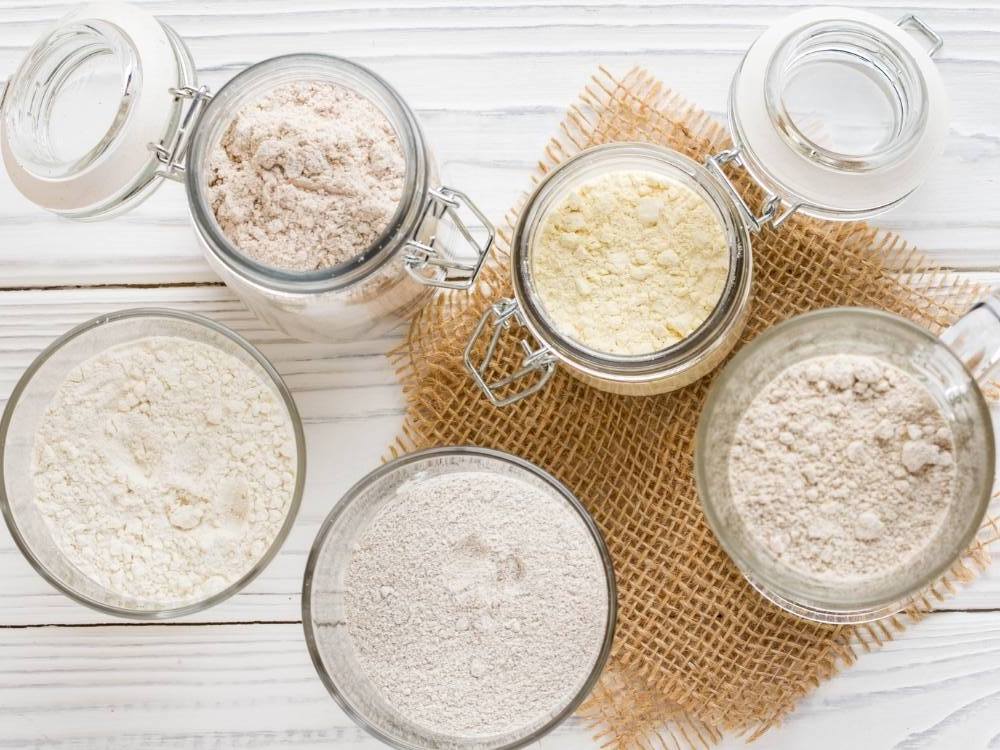
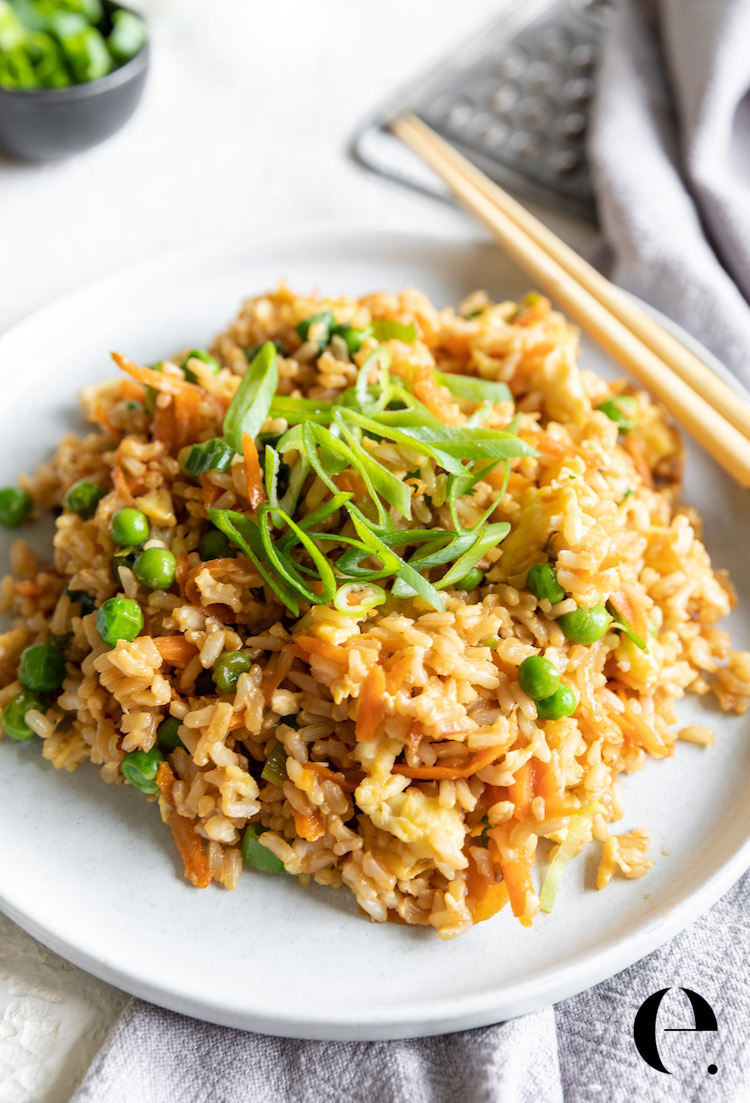
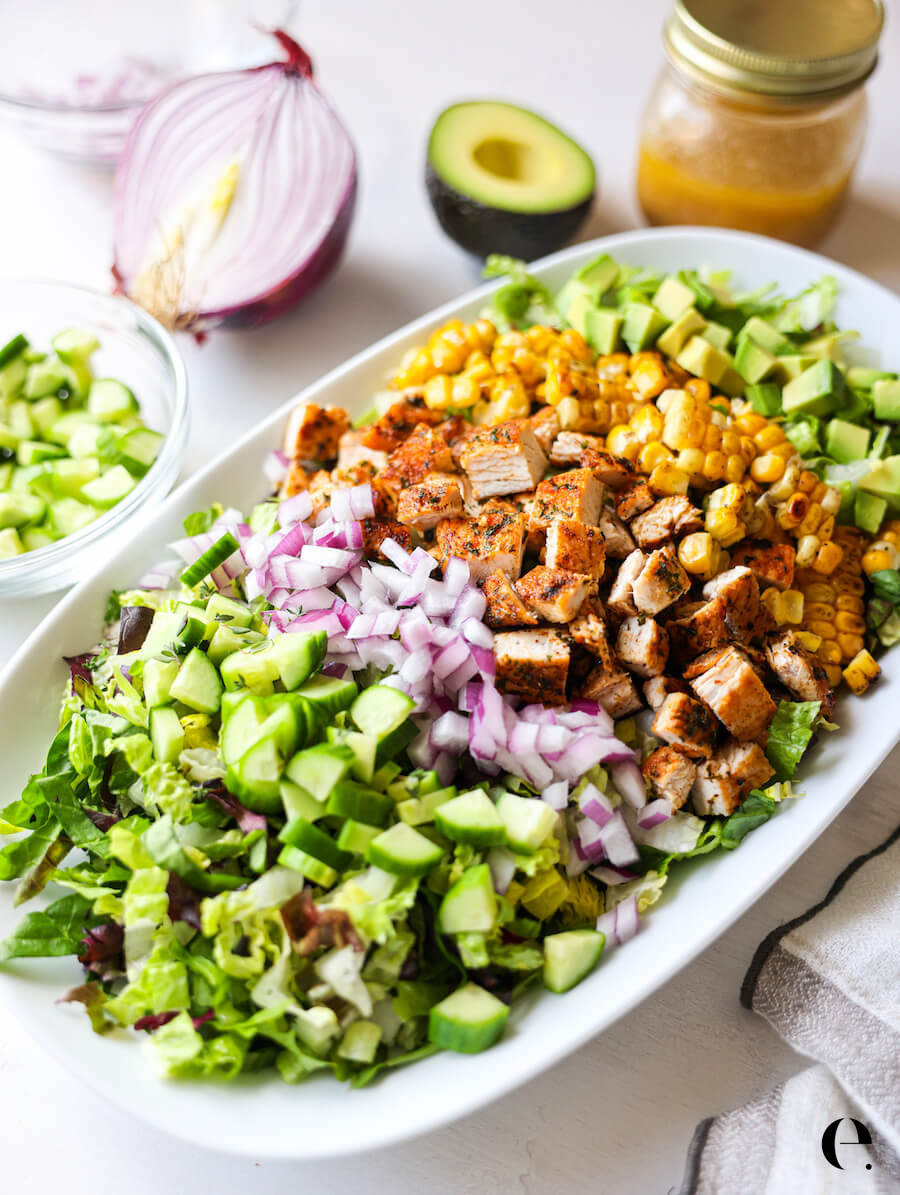

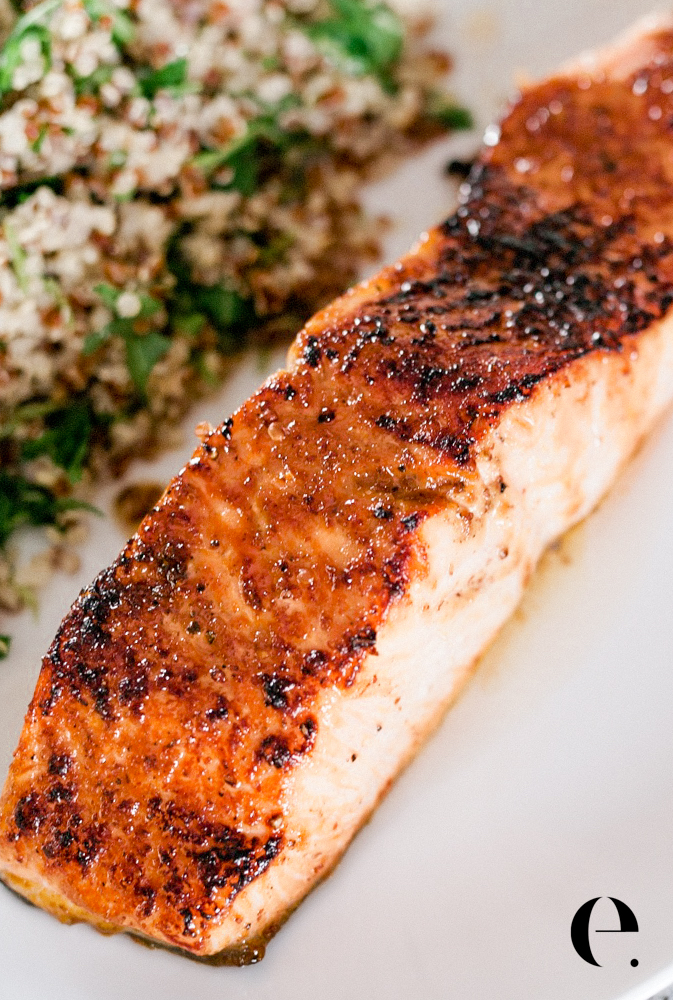
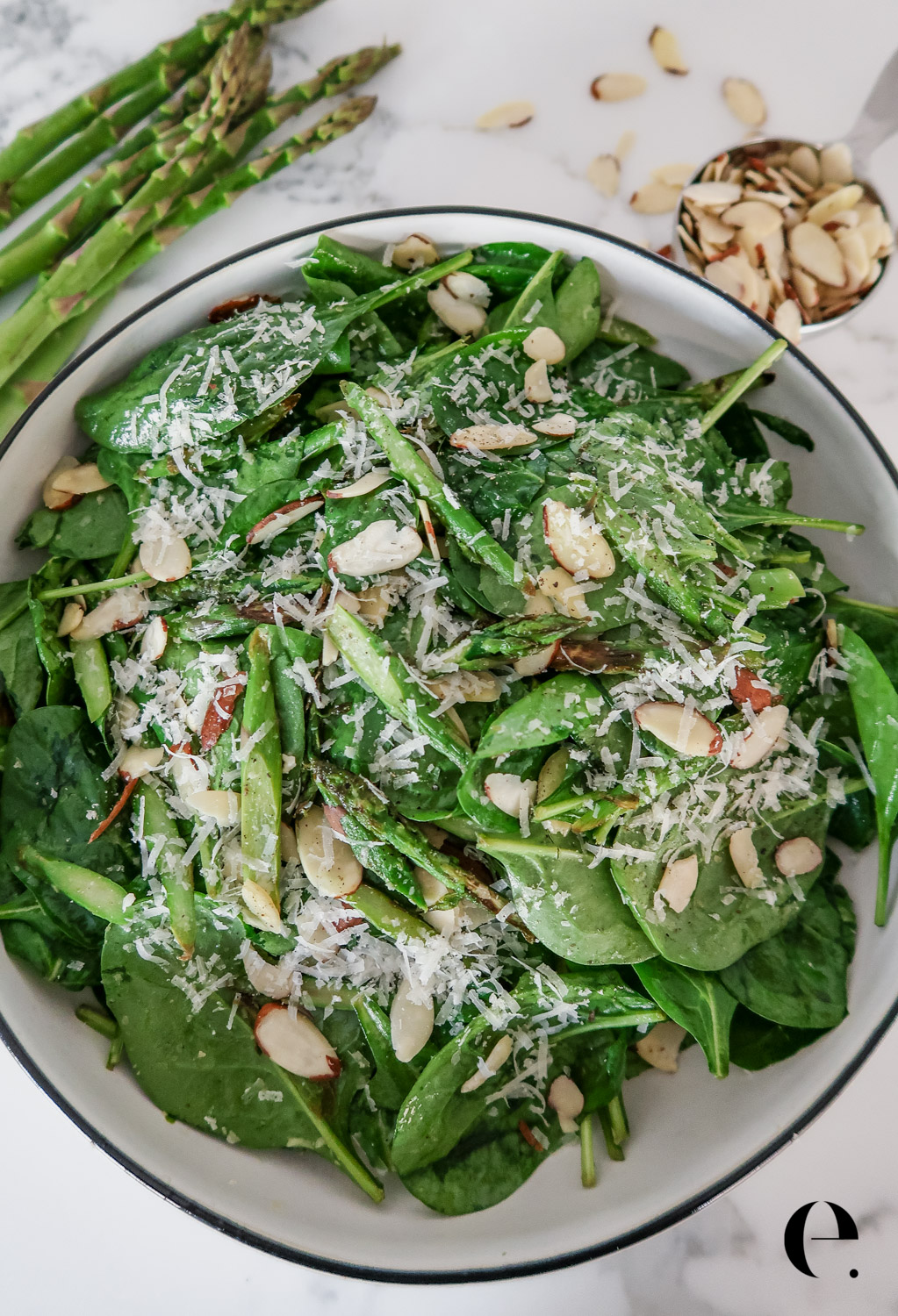


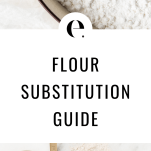

Anyone know a good grain free sub for bread flour? Will almond flour work?
Hi Kelsey! My Almond Flour Bread recipe is quite popular! You can find it here: https://www.elizabethrider.com/almond-flour-bread-gluten-free/
I’m looking for a flour to make tortillas with but I’m trying to avoid rice because of the arsenic content. Do you know of a good blend that works 1:1 as a sub for AP flour but that doesn’t have rice? I also can’t have amaranth due to a food sensitivity. Any suggestions would be amazing!
What are your thoughts on amaranth flour? I’ve been looking for ways to increase my iron intake (doctor’s orders) and recently purchased some. It seams to suck up a lot of liquid and I’m getting mixed results.
Hi Tanya! Good question. I didn’t include amaranth flour here because it’s not as easy to come by. I think using it is absolutely fine if someone wants to. It’s very thick so it’s not a great 1-for-1 substitution for AP flour. You can replace up to 25% of AP flour (or gluten-free AP flour) with amaranth flour and it will usually work out (but no promises! – It’s all about testing). As for raising your iron levels, shellfish, red meat (I’d look for grass-fed beef), lentils, and spinach are all rich sources of iron that your body can absorb. ~E